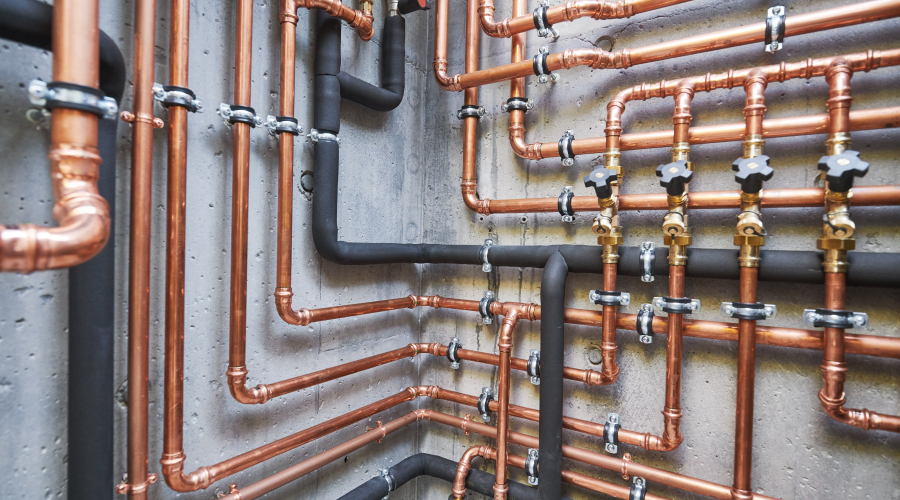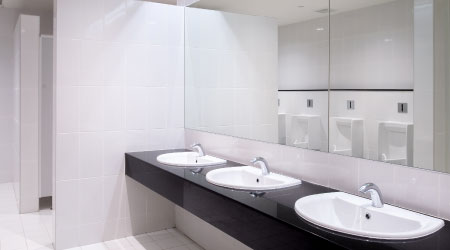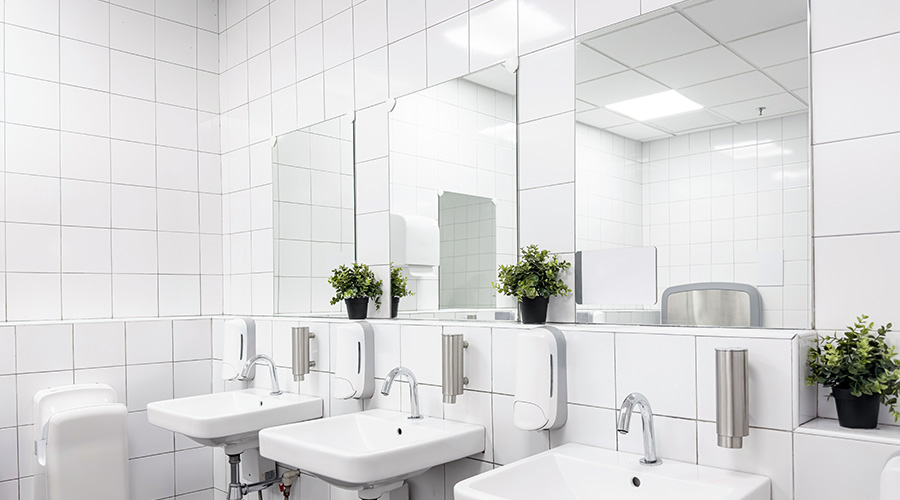Making the Case for Plumbing Retrofits
Maintenance and engineering managers have long recognized the benefits of upgrading their plumbing systems — reduced water use, lower energy costs, and decreased maintenance requirements. The problem is that top management in institutional and commercial facilities typically does not see an upgrade the same way. Those making financial decisions on components to replace and new products to specify for the most part make those decisions on the basis of financial impact.
How much will this project cost? How much is it going to reduce operating expenses? Unless managers take the time to communicate the benefits of their retrofit projects to top executives in these terms, chances are they will not receive the funding they need, and the project will fade away.
Water Audits
Before managers can make the case for a plumbing retrofit, managers must understand the how, where, and how much of water use in their facilities. Without this data, it is impossible to identify the retrofit activities that will produce the highest rate of return for the investment.
Like their energy audit relatives, water audits examine a facility's operations but in terms of water use rather than energy. The audit starts with a walk-through of the facility during which an inspector identifies and quantifies every point where water is used, including domestic, sanitary, mechanical systems, process, and landscaping.
While identification of water-use points is rather straightforward, quantifying the amount of water used at those points can be challenging. Quantifying use is critical to selling the program in terms of its economic benefits. Without it, the retrofit evolves from a smart-to-do project to one that is simply nice to do.
To quantify water savings and payback, managers need to determine the current cost of water, the use rate of all fixtures and equipment, the installed cost for all replacement fixtures and equipment, and the number of days the facility operates annually.
Related Topics:













